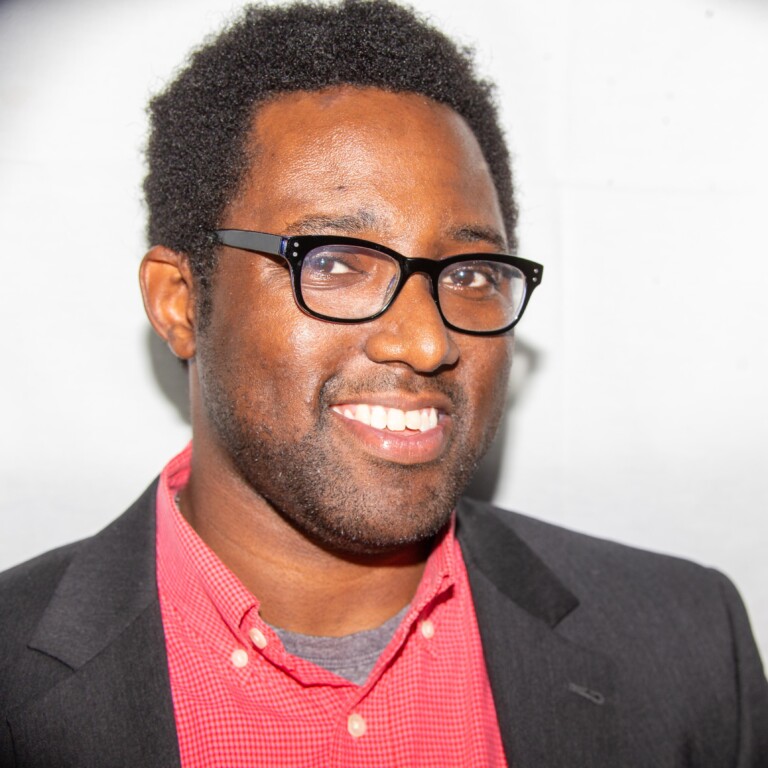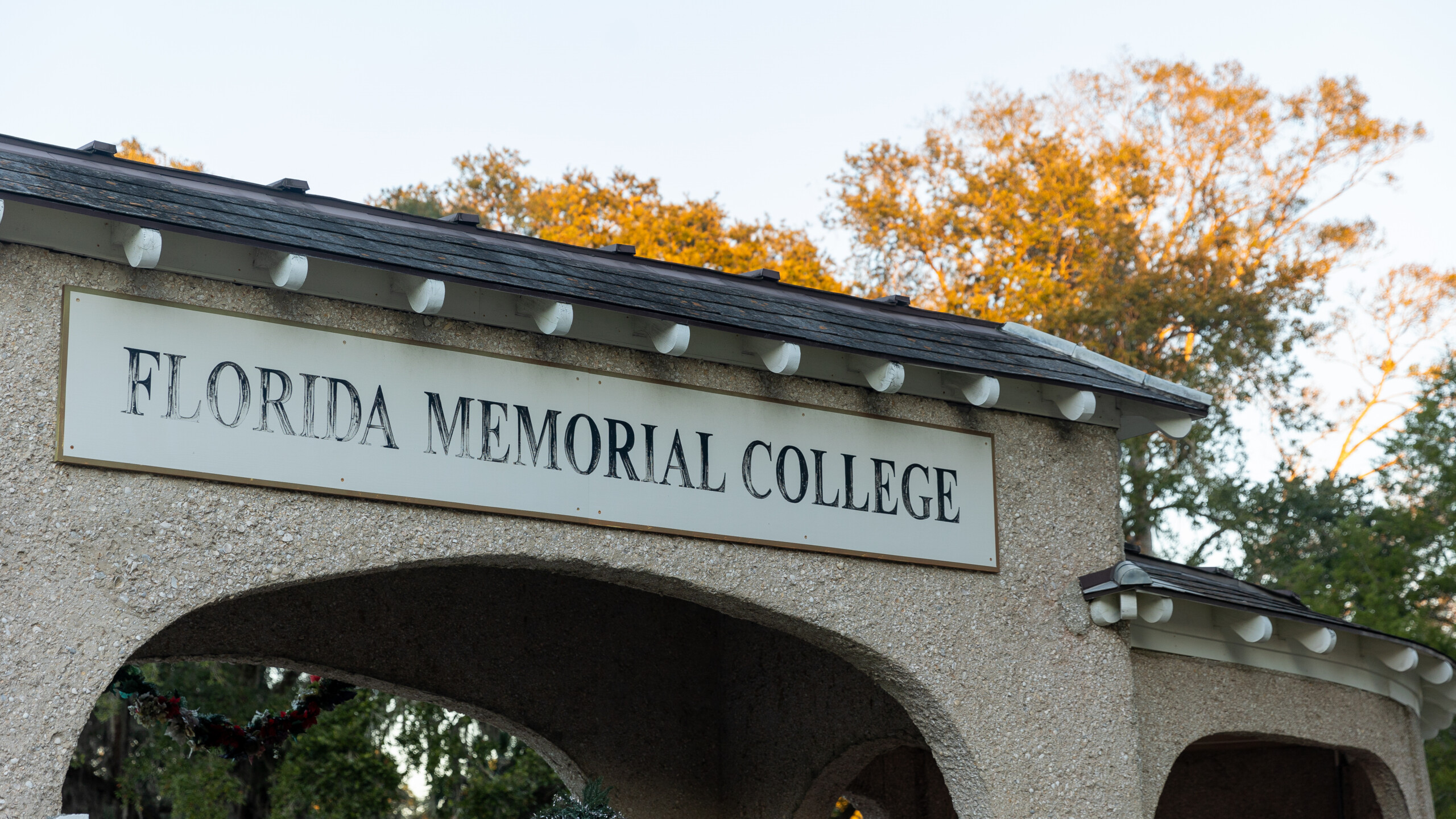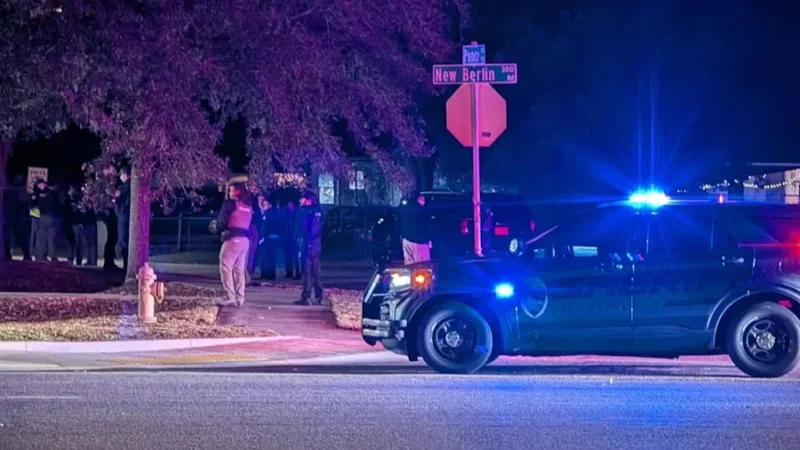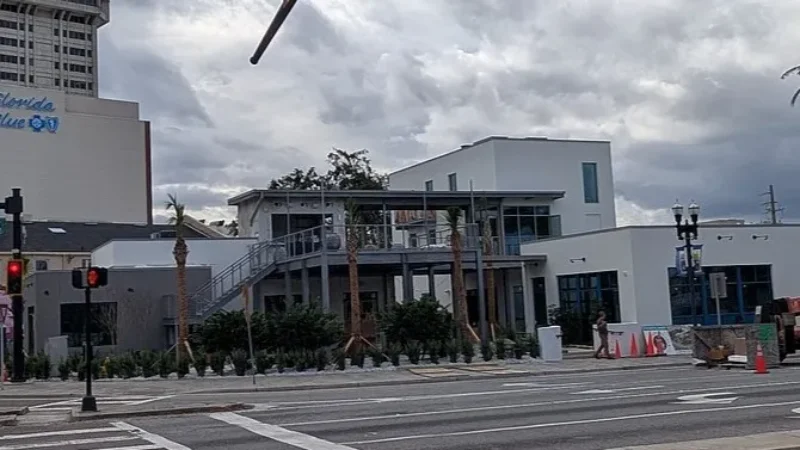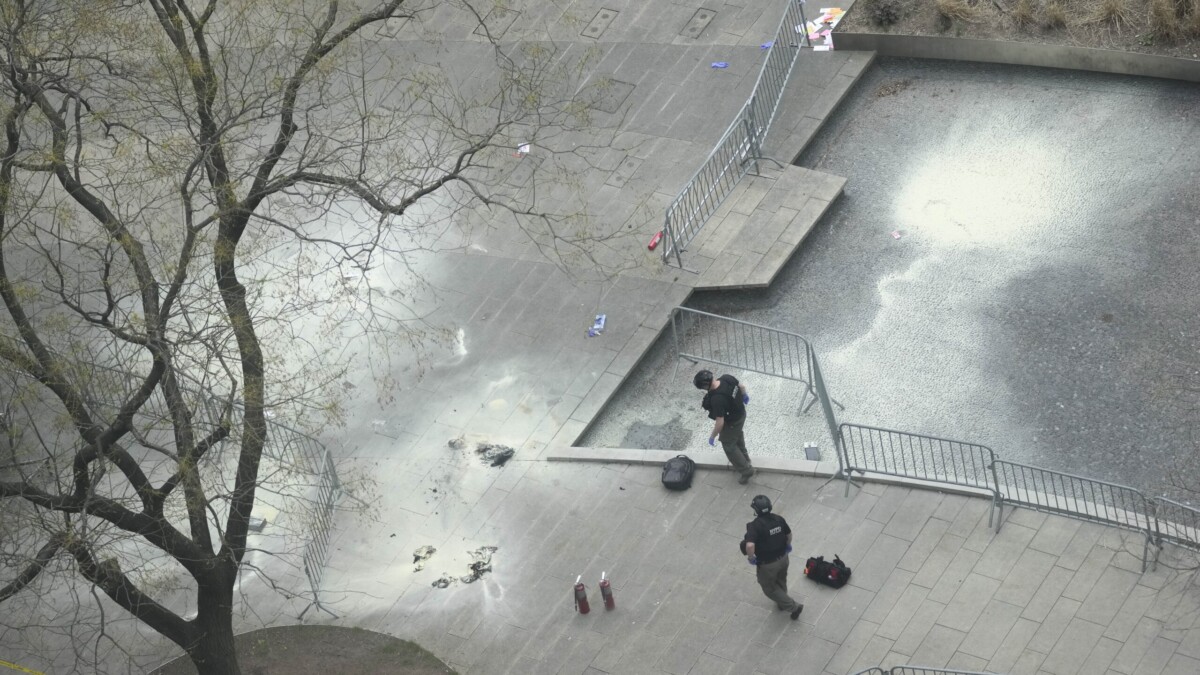St. Augustine’s centuries-long Black history took another step in being permanently preserved in the heart of West Augustine on Friday afternoon.
The Florida Museum of Black History Task Force named St. Augustine as one of its top three locations to house the museum.
Eatonville in Orange County and Opa-locka in Miami-Dade County were the two other named finalists.
Sarasota was in third after preliminary scoring. However, Opa-locka leapt over the Southwest Florida bid following answers from all four proposals on Friday.
St. Augustine received an average of 96.78 points out of 120 from the task force. Eatonville’s average was 95.33. Opa-locka earned 84.89 points and Sarasota’s bid received 80.78 points.
The top four communities were graded on 12 qualifications. They ranged from the historical significance of proposed community; prospective local funding commitments and support; regional population and demographics; availability of existing facilities and infrastructure; and a potential visitor and supporter base.
St. Augustine’s proposed site would be in West Augustine on property owned by Florida Memorial University. The historically Black college moved from St. Augustine to Opa-locka in 1968 amid racial unrest in America’s oldest city.
St. Augustine’s application was aided by a letter St. Johns County received from Florida Memorial University board Chairman William McCormick Jr. on Thursday. The university committed 14.5 acres of property it owns for the development of the museum.
St. Johns County Commission Chair Sarah Arnold has repeatedly expressed a willingness to do anything in her power to pave the way for the Florida Museum of Black History to be housed in West Augustine.
“The board of county commissioners, the city of St. Augustine as well as the surrounding counties have all committed to help us bring this home,” Arnold told the task force Friday. “It is in fact a regional asset. That’s the direction we’ve taken from Day 1 as not just viewing this for St. Johns County, but for all of Northeast Florida and beyond.”
Tera Meeks, executive director of the St. Johns County Tourist Development Council, said the county has connections with Flagler College, the University of Florida, Edward Waters University and the University of North Florida to complement the lessons that elementary aged students receive when they visit places like downtown St. Augustine, the Castillo de San Marcos or Fort Mose.
More than two dozen people from St. Augustine, West Augustine and Lincolnville were in attendance during Friday’s task force meeting in Tallahassee. Thomas Jackson, president of the St. Augustine Historical Society, even wore a replica of a 19th century suit worn in Spanish Florida.
St. Johns County Administrator Joy Andrews told the task force the county would consider incorporating some of the property it purchased at the World Golf Village this month into its Florida Museum of Black History offerings.
“We are excited to bring performance art and performance art initiatives, programming and educational opportunities to our surrounding regions,” Andrews said.
Among the topics that would be included in the museum:
- African civilizations.
- Black contributions in colonial Florida.
- Maroon communities — which were unincorporated groups of formerly enslaved people who fled torture, found freedom and created their own communities in the wilderness.
- Black diaspora and Florida.
- Black arts, music, entertainment and sports.
- Black science, engineering, technology and architecture.
The nine-member task force included three people with Northeast Florida connections: Rep. Kiyan Michael, R-Jacksonville Beach, is one of four legislators on the task force. Howard Holley Sr. is a communication and marketing consultant based in Palm Coast. Regina Gayle Phillips is the executive director of the Lincolnville Museum and Cultural Center in St. Augustine.
The task force has two more meetings scheduled before it shares its findings with the Legislature and Gov. Ron DeSantis’ office in June.
During a meeting in May, the Florida A&M School of Architecture will share an architectural study for the top three locations, transition plan and governance of the museum as well as the final recommendations.
Black residents in what is now St. Augustine have overcome the threat of foreign nations in the 18th century, enslavement in the 19th century, racial terror in the 20th century — and a fire on Friday morning en route to the task force meeting.
Twila Hudson said community activists have devoted more than 20 years of sweat equity to develop West Augustine. She said 2024 is the opportune time to heal. The museum will aid in soothing old wounds by bringing sustainability to West Augustine, she said.
“If you put that museum in our community, it’s going to be ours,” Hudson said. “It’s going to be the county’s. It’s going to be the nation’s. We have been preparing for this for years.”
